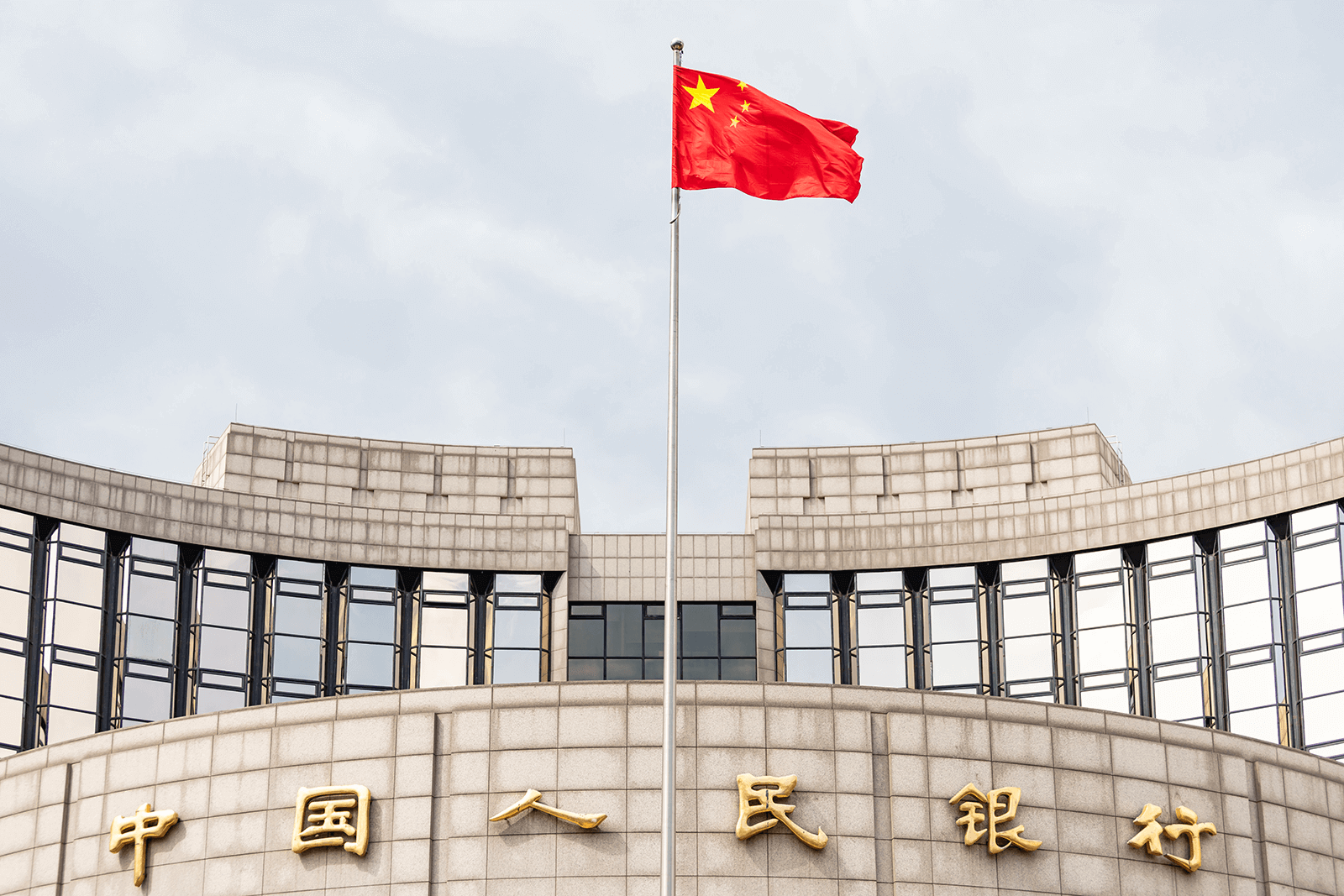The new US President is certainly belying his “Sleepy Joe” sobriquet. Within weeks of his moving into the White House, major policy moves have been initiated that could well prove a game-changer for the US – and the world at large. This goes to show not only how much thinking the Democrats have put into steering a new economic, financial and geopolitical course, but also how well they have learned the Obama lesson: when a President has the majority in Congress, he must act fast!
On the domestic front, the Biden Infrastructure Plan unveiled at the end of March, is ambitious. Totalling USD 2 trillion (albeit spread out over the 8 remaining years of this decade) and termed “a once-in-a-generation investment in America”, it aims to upgrade the nation’s infrastructure via a combination of spending and tax credits. Beyond creating millions of jobs and strengthening economic competitiveness, the idea is also to promote the transition to cleaner energy sources, (re)joining the global fight against climate change, and to address social fractures. To finance this plan, President Biden indicated that corporate taxes will be increased – over a 15-year period – with multinational companies targeted more particularly. Heftier taxation of wealthy individuals is also foreseen, as part of a second phase of the plan that has still to be released. Needless to say, such a tax trajectory, as well as the prospect of swelling public debt, means that the plan will face strong Republican opposition, with a form of political gridlock clearly a risk.
Internationally, and also on the subject of taxation, Treasury Secretary Janet Yellen surprised many by signalling that the US now supports an OECD-driven minimum 21% levy on multinationals. Far from shooting itself (or rather its FAANG companies) in the foot, as might appear at first sight, this actually seems a bright move on the part of the Biden administration. Cognizant of the “digitax” proposals debated in the EU (indeed already implemented in France), which target only US companies, it is pushing for a tax on global companies of any nationality (and operating in any sector), that would effectively save it from footing the entire bill. Alongside spreading the “damage”, it is also attempting to limit it, having drawn up a list of companies ten-fold shorter than the ca. 2,000 involved so far in OECD discussions.
Here again, there is no guarantee that this attempt to instil greater fairness in the economic system will pan out. The lobbying power of multinationals is not to be underestimated and, should the matter still be open in the lead-up to the US mid-term elections, the Democrats risk seeing IT giants decide to support their GOP rivals, potentially changing the colour of the Senate.
Still, even if we do end up with a watered-down version of these – domestic and international – proposals, something has been put into motion by the new US administration that will not be stopped. Overall, this should be considered good news for the global economy and financial markets, even if some companies do stand to suffer a hit to earnings. Whether the revenues generated by the higher taxes will suffice to cover all the additional government spending is an open question, but one for the longer term. Over the foreseeable future, central banks will be there to fill the gap. Indeed, we note an interesting (and positive) change on this front too. Liquidity injections continue galore, but rather than money being simply thrown at the financial system, inflating asset prices and increasing the wealth divide, governments are now getting to decide how to spend it.
This newfound “agreement” between central banks and heads of states means that interest rates are unlikely to move up meaningfully anytime soon – or else budget deficits would no longer be financeable. Ultimately, as we have repeatedly written, such a combination of easy money and persistently low rates involves risks to the very stability of the financial system. But, as the example of Japan shows, this is no immediate prospect. For now, investors have enough on their plate just trying to assess where the ongoing profound changes on the economic policy and geopolitical fronts will take the world – and in what timeframe.
Our first line of advice, given these numerous unknowns, is to make sure that portfolios are well diversified. Secondly, valuation should always remain a key consideration. Many of the sectors/companies most liable to benefit from the greater infrastructure spending that lies ahead are already trading at elevated multiples. And last, but by no means least, passive instruments should be used with utmost caution. ETFs (generally) come with a cheaper price tag, but investors need to understand what they are really getting. A fund that tracks a cap-weighted index has no choice but to buy the components of that index that rally the most, regardless of their valuation. Put differently, the more expensive a stock becomes, the greater its weight in the ETF. It is much wiser, in our opinion, to invest in actively-managed funds, selected on the basis of objective and fundamental criteria – such as liquidity, consistency of returns, or style/factor regressions.
DEMYSTIFYING SPECIAL PURPOSE ACQUISITION COMPANIES (SPACs)
Talking of ETFs being (blind) trend-followers, it should probably come as no surprise that SPAC ETFs are now being proposed. Frankly speaking, the whole SPAC idea is non-sensical in our view. Yet, investors put a whopping USD 90 billion into that space during the first quarter of this year, more than over the whole of 2020.
For readers unfamiliar with SPACs, the mechanics can be summarised as follows. A SPAC raises cash (anywhere from USD 100 million up to several billions) in an initial public offering with the promise to then find, within a 2-year period, an attractive private company with which to (reverse) merge. Beyond the fact that investors are effectively giving each SPAC a blank check to choose a target and decide on the terms of the merger, the proliferation of SPACs means that private companies are going public much too soon – if even they were ever destined to go public. Indeed, however promising their business model may be, SPAC merger targets are often companies that are facing a cash drain and cannot obtain financing from any other source.
To make matters worse, not only are the regulatory constraints on the financial projections published by a SPAC target company less stringent than for a traditional IPO, but generally 20% of the merged entity is given out to the SPAC sponsor.
All told, the fact that SPACs have been gaining such attention recently is to us yet another sign that many investors are rushing into the latest fashionable space, in the hope of making fast profits, rather than focussing on longer-term company fundamentals and valuation.
OPEC TO INCREASE OUTPUT – ALBEIT ONLY GRADUALLY
A few days ago, OPEC+ surprised the market once again, but this time with the announcement of a production rise. The cartel will increase its output from May through June in monthly increments of, respectively, 350,000, 350,000 and 400,000 barrels/day. Saudi Arabia will also undo its 1 million barrels/day voluntary cut over that same three-month period, bringing the total reversal to 2.1 million barrels/day. There will be very limited increase on the part of Russia and Kazakhstan, which had been afforded some production growth during the first quarter of this year, even as the rest of the cartel stood firm (and Saudi Arabia cut output).
As for US shale oil producers, OPEC can clearly draw comfort from their low capex indications for 2021 which, together with the fact that the most productive wells have probably already been drilled, preclude a strong increase in output short-term. Moreover, the growing prevalence of ESG considerations within the investment community is making it difficult for shale producers to attract external capital.
On the demand side, meanwhile, the picture is improving, with air traffic picking up substantially relative to 2020 (but still below 2019 levels). A surge in travel – and more generally in oil demand – remains a distinct possibility once vaccine penetration has reached critical levels globally and provided no resistant strain of the coronavirus emerges. According to the International Energy Agency, oil consumption is set to increase by 5.5 million barrels/day during the second half of this year, more or less returning to pre-pandemic levels.
All told, the picture for the remainder of 2021 is one of production staying short of demand and excess oil inventories continuing to subside. OPEC’s latest decision should be seen as a bullish sign of a normalising world – not a rash and short-term decision. As such, now is clearly not the time for investors to step out of the energy space in our view.
IMPORTANT INFORMATION
This document has been produced for information purposes only and does not constitute an offer or recommendation to buy or sell any financial instrument. No representation is made that the views expressed herein are suitable for all investors, as they do not take into account individual circumstances or needs. The content of this document is considered to be reliable at the time of writing but Banque Thaler does not guarantee its timeliness, accuracy or completeness. Past performance is also no guarantee of future returns.









